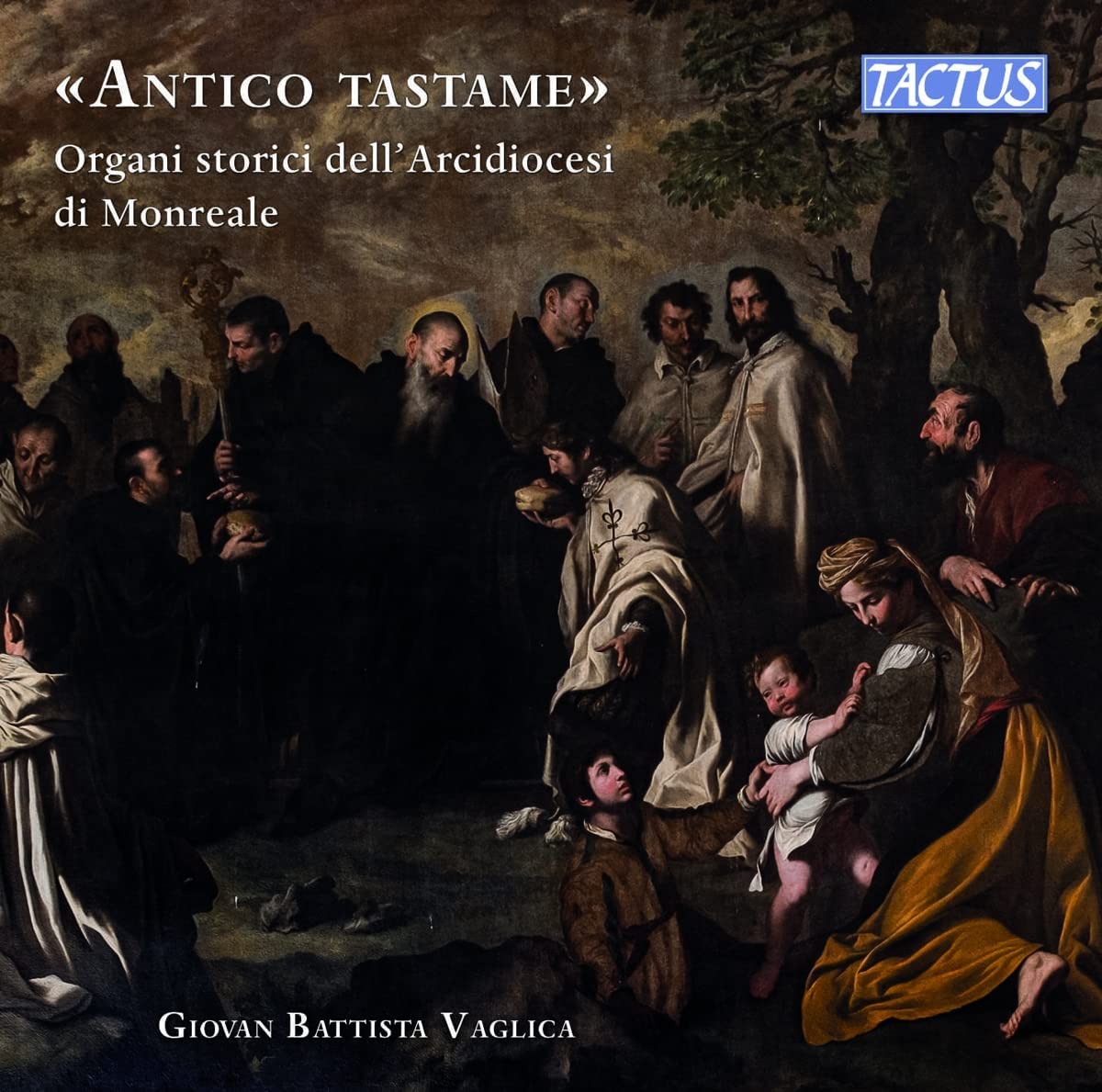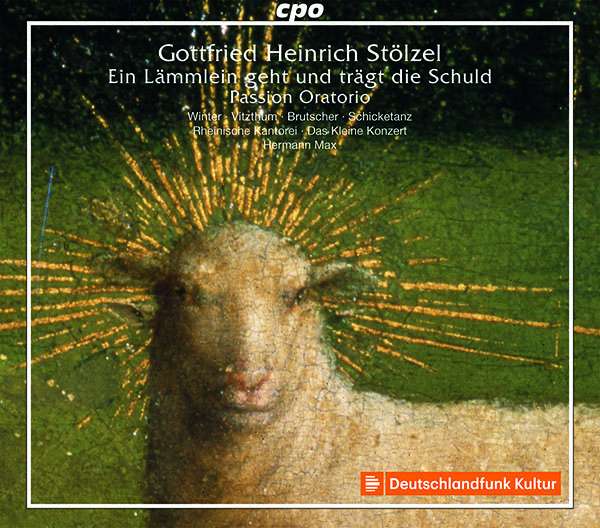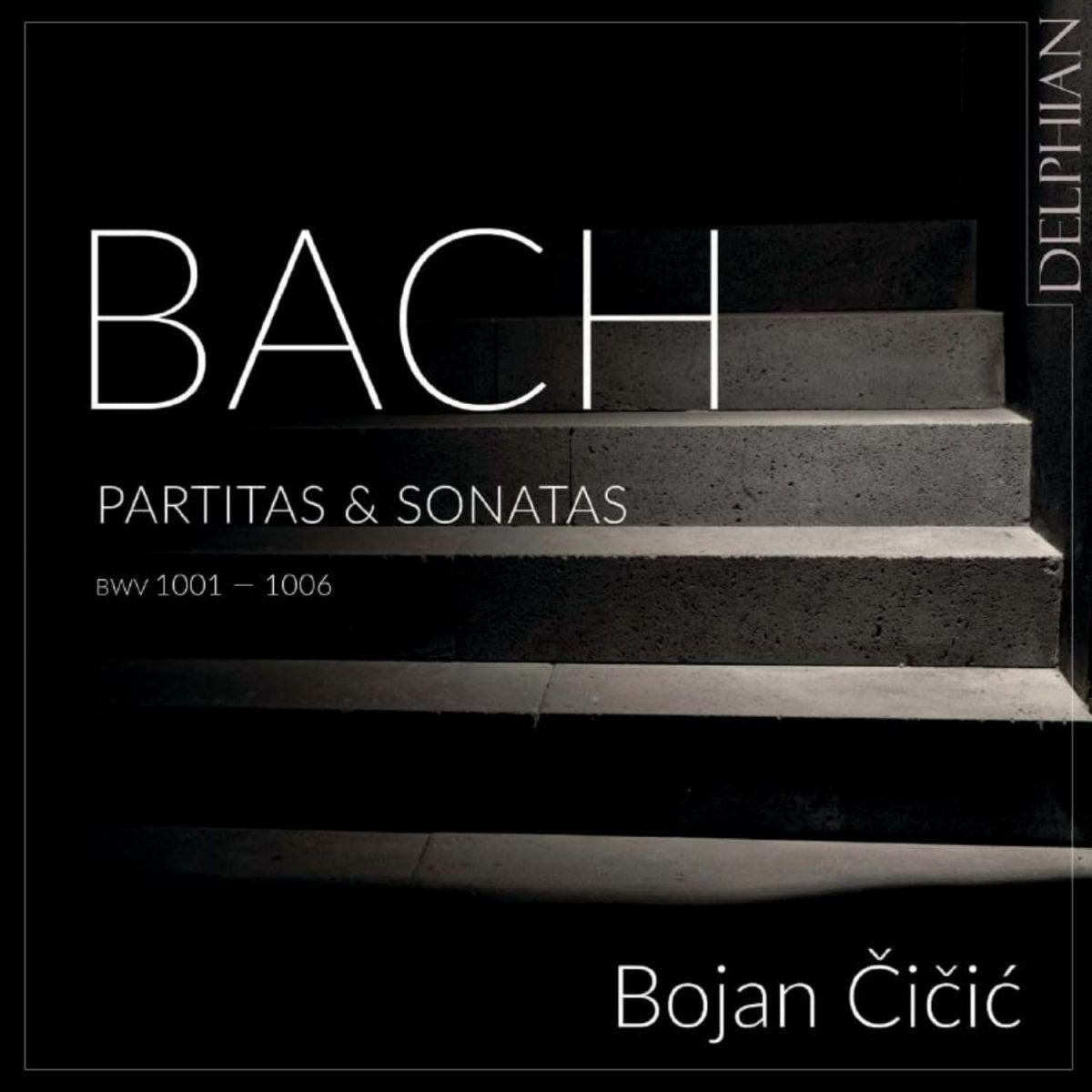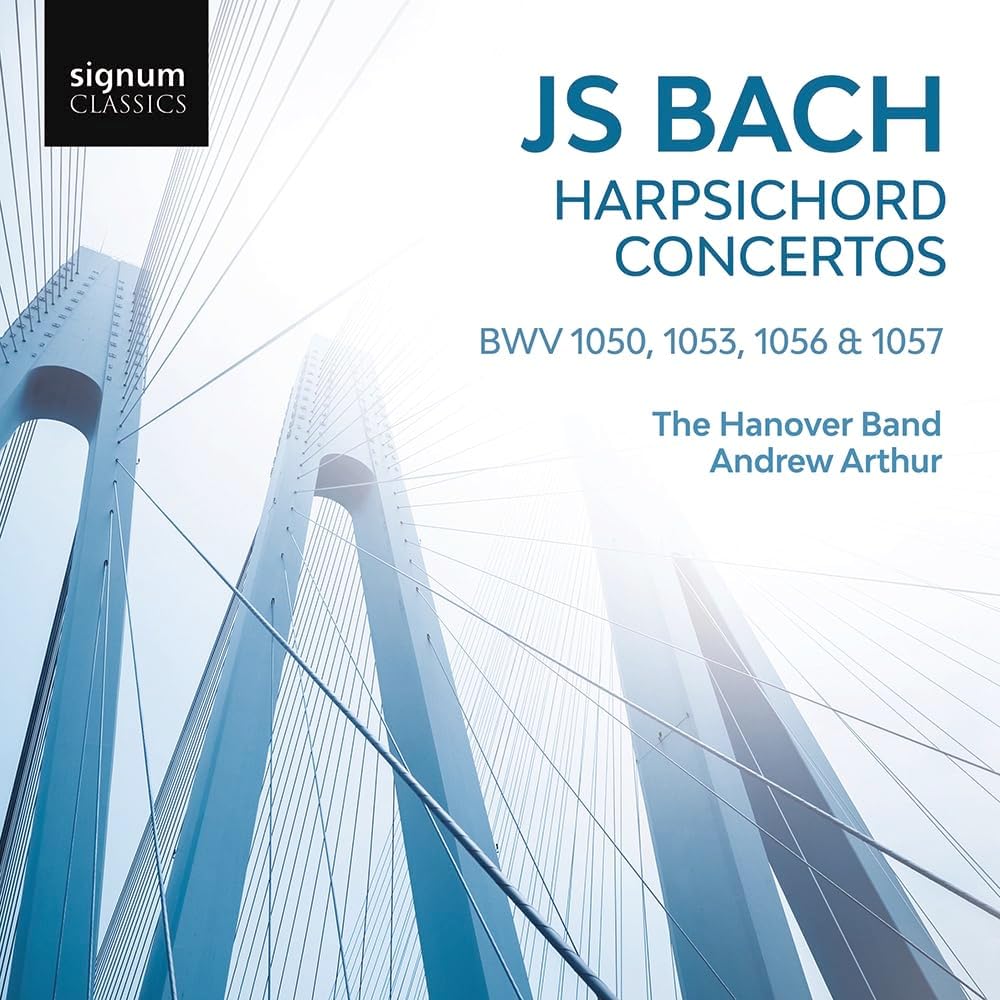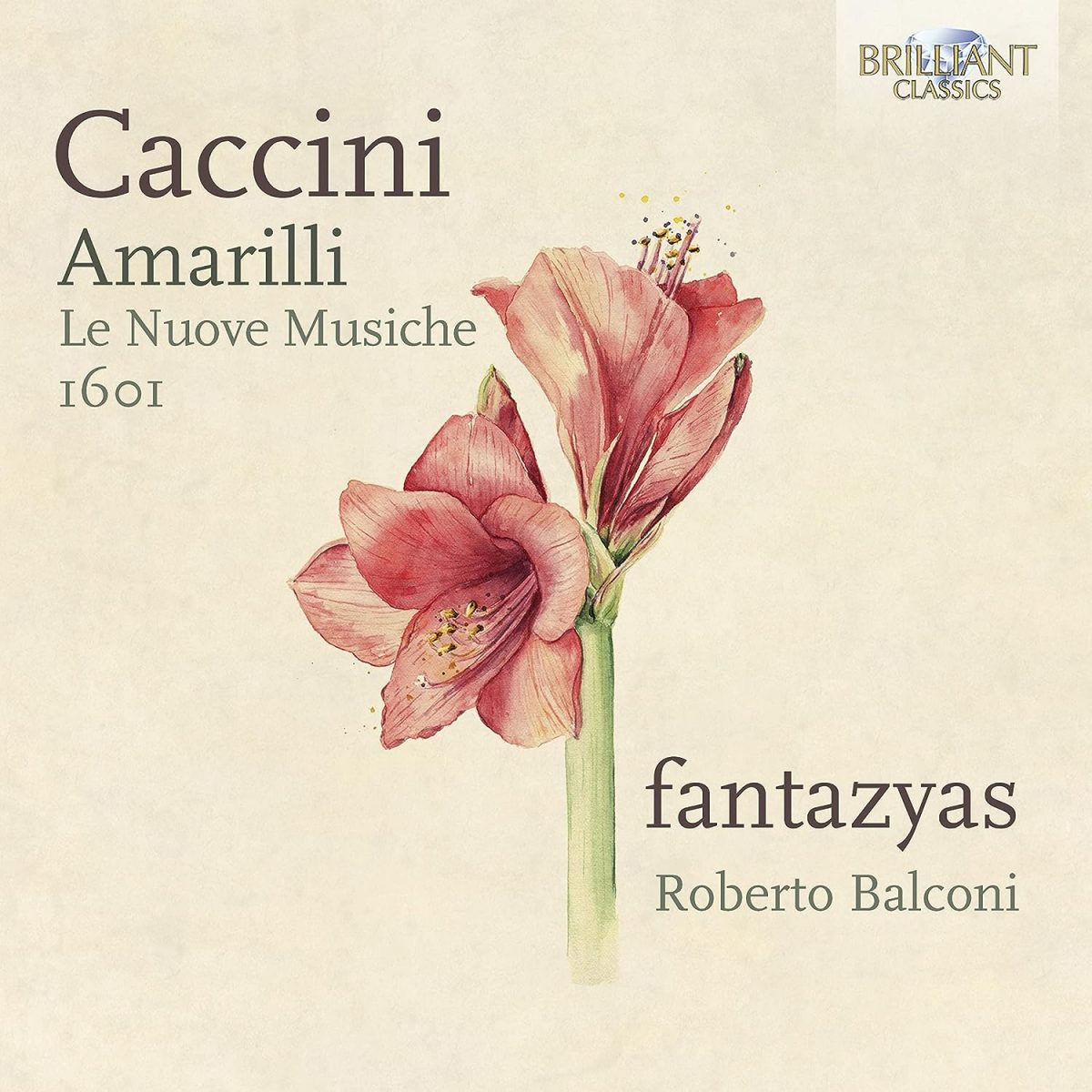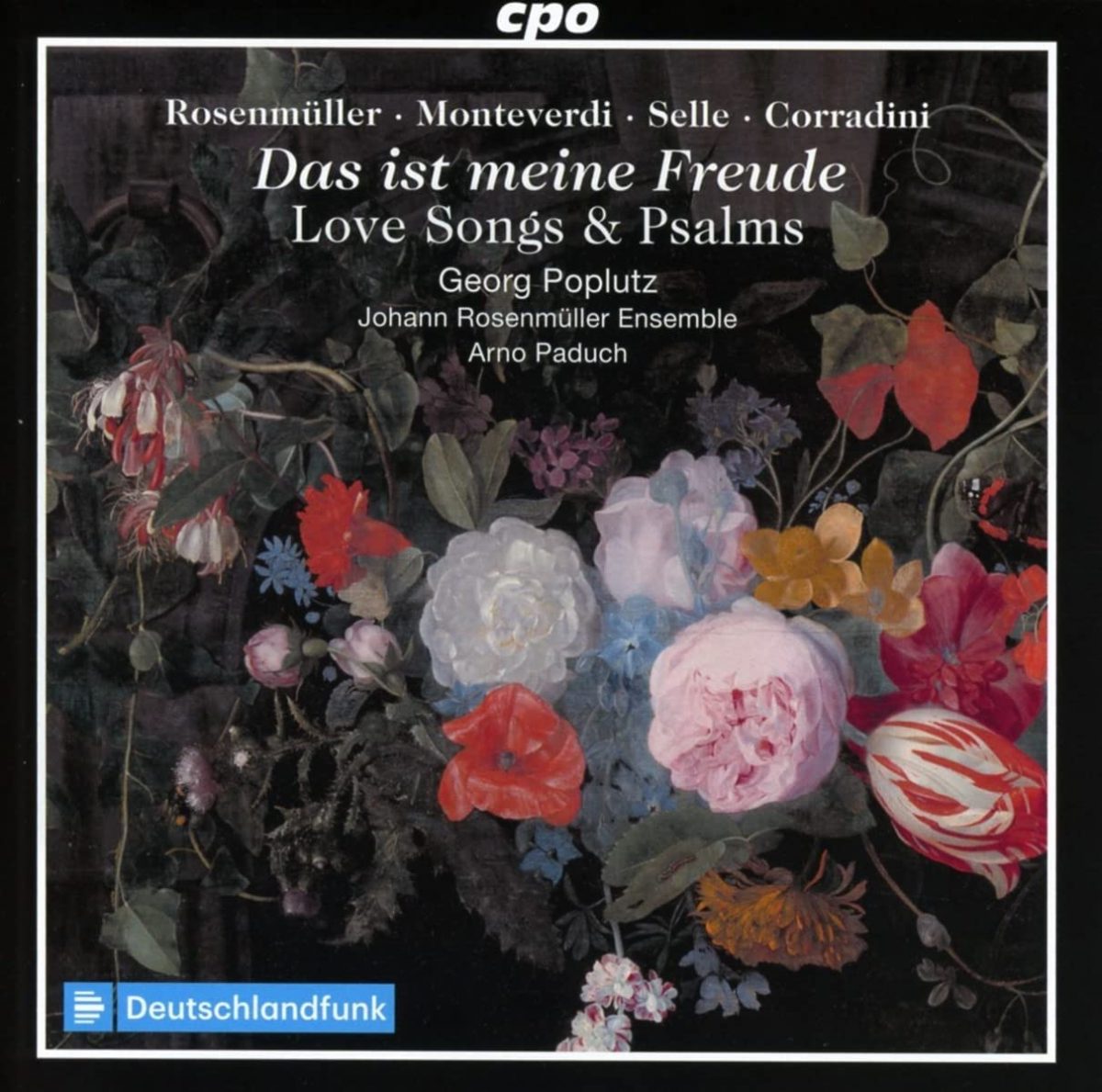La Chapelle Harmonique, conducted by Valentin Tournet
64:31
Versailles CVS098
In the time of Charpentier the text of the Te Deum was particularly associated with giving thanks to God for victory on the battlefield. Within this context, Marc-Antoine Charpentier composed four settings, of which the present example, H 146, is much the best known and for reasons that extend beyond the use for many years of its instrumental prelude as a flagship theme for major Eurovision transmissions. Charpentier expert Catherine Cessac suggests that H 146 may date from 1692 and the victory of Marshall Luxembourg at Steenkerque.
Like all such works, the Te Deum’s principal mood is by definition celebratory, enhanced here by the inclusion of trumpets and timpani. But there are, too, more reflective moments of contrast. ‘Te per orbem’, for example, is wonderfully expressive, originally in the hands of outstanding tenor Mathias Vidal, then as a trio involving the addition of haute-contre David Tricou and bass Geoffroy Buffière, the gradual addition of soloists to form an ensemble being a favourite device of Charpentier’s. The succeeding ‘Tu devicto’ for solo soprano is quite ravishingly projected, its long cantabile lines relished with near-sensual delight by Gwendoline Blondeel. Yet ultimately it is the sheer joyous verve with which Valentin Tournet directs the work – and his chorus is magnificent – that sets the seal on a terrific performance.
The opening work on the CD could hardly be more contrasted as to character or performance style. It is a setting of De profundis (H 189), Psalm 129 (or 130 in the Protestant Bible), one of the seven penitential psalms and the psalm set more frequently by Charpentier than any other, a total of no fewer than eight times. H 189 was composed in 1683 on the occasion of the death of Queen Marie-Thérèse. Scored unusually for five-part strings and nine vocal parts, it explores a rich variety of textures and colour. The mood is set at the outset by an orchestral prelude in spacious sentimental style. The breadth and depth carry on into the opening choral setting of the first words ‘De profundis clamavi’, directed by Tournet with quite remarkable concentration. The choral writing here is mostly syllabic homophony, the choir’s cohesion and balance near perfectly sustained. The next number, the deeply expressive ‘Fiant aures tuae’ is initially a soprano solo that brings a new feel to the music, the lyrical lines exquisitely drawn by Blondeel and ultimately by both she and second soprano, Cécile Achille. The final verse, employing words familiar from the Mass for the Dead, ‘Requiem aeternam, dona eis’, rounds off an immensely impressive and profoundly moving work with a return to the breadth of the opening.
The final major work is the Magnificat, H 79, one of ten settings by Charpentier. This one is modestly scored for four vocal parts and four-part strings with a pair of flutes and is dated by Cessac as 1692 or 3. The opening verses are set with a lively sense of the praise they involve, evoking an infectious exuberance. Later contrast comes with more reflective verses such as ‘Suscepit Israel’ an haute-contre solo exquisitely sung by Tricou. But it is the joyous spirit that prevails, the Gloria bursting in to thrust aside the more thoughtful words that precede it and end the work by returning to the elation of the opening.
Finally the Magnificat and Te Deum are separated by four short ceremonial pieces for brass and timpani, the final one for timpani only, by J D Philidor, in some ways an odd idea as it means the prelude to the Te Deum fails to open with quite the startling impact it normally has, its thunder stolen by nearly two preceding minutes of timpani! A quite outstanding addition to the Charpentier discography from one of the rising stars in the already crowded constellation of outstanding French early music musicians.
Brian Robins

